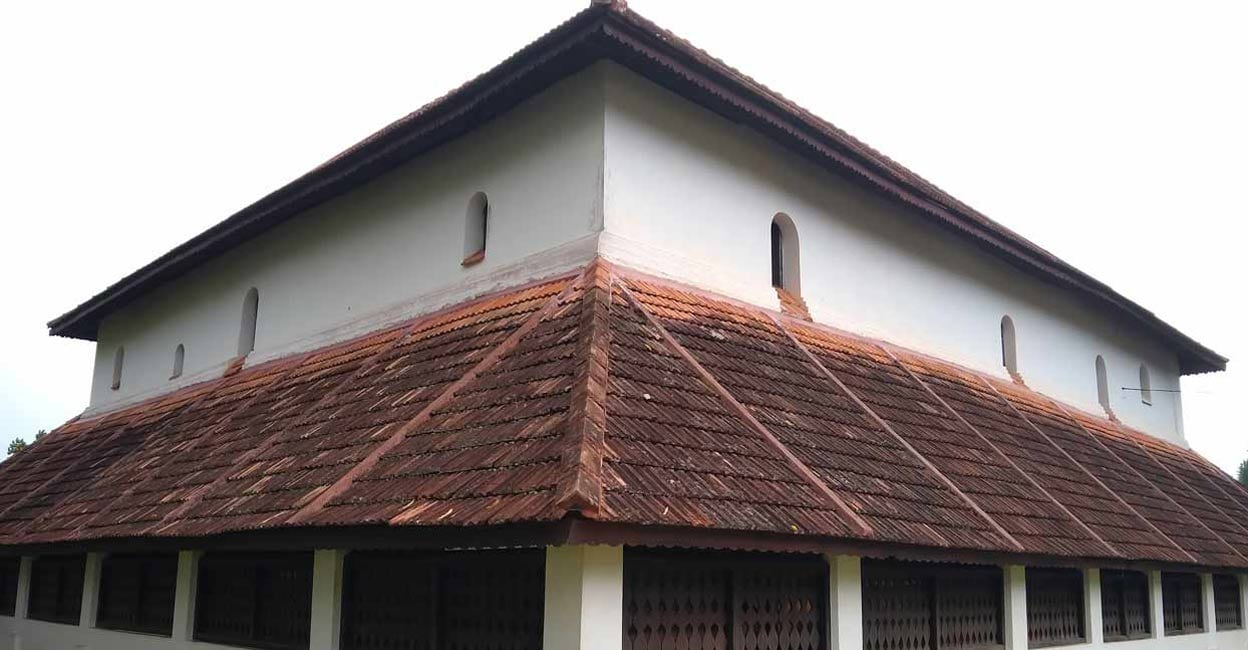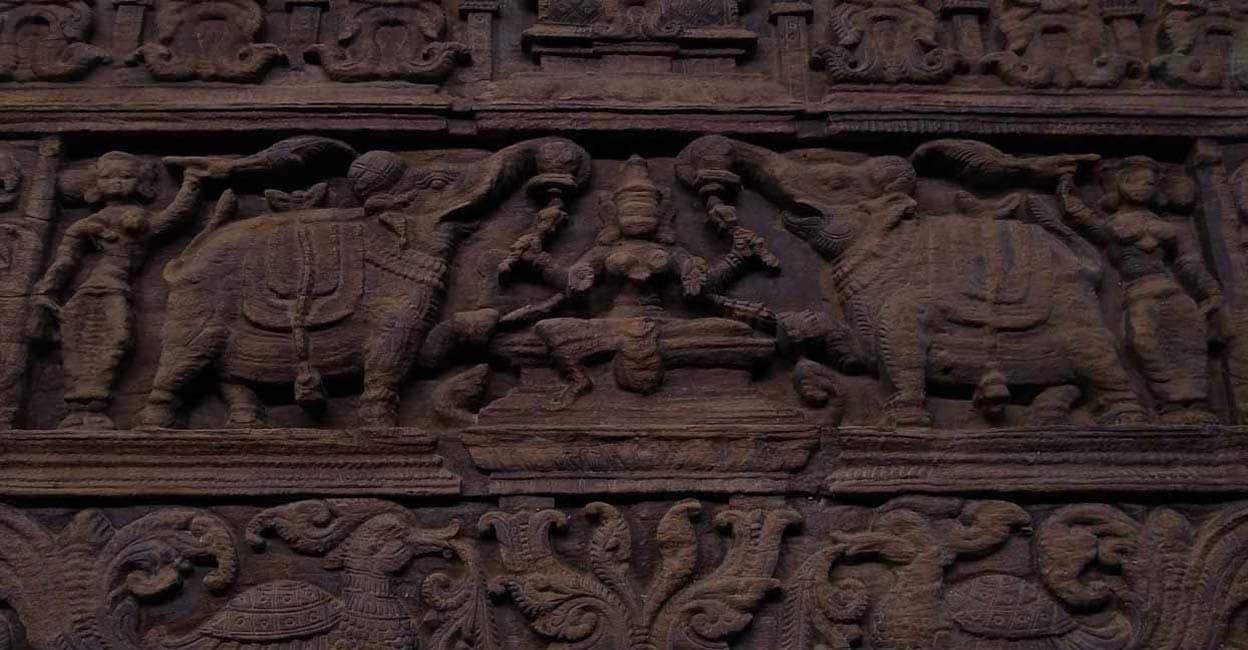Historical splendour: Koyikkal Palace at Nedumangad

Mail This Article
Our country is a veritable treasure trove of ancient museums and palaces. The palaces and forts that leave a lasting memory of the royal era tell the present generation the history of our country. If you travel through these remnants, you will see many scenes that change before the eyes of time. The Koyikkal Palace also offers us a treasure trove of history. Let's take a trip through the Koyikkal Palace which evokes the pride of royal times.
Koyikkal Palace is located in Nedumangad in Thiruvananthapuram. The palace is believed to have been built during the reign of Umayamma Rani, the queen of the Venad dynasty from 1677 to 1684. During the reign of the queen, a Muslim warrior named Mukilan came to Manakad with a plan to attack Thiruvananthapuram and at that time the queen shifted her headquarters from Thiruvananthapuram to Nedumangad and settled there. It is believed that the Kozhikode Palace was built for Umayamma Rani at that time.

The palace is curved in the shape of a boat and has two floors. The Nadumuttam is paved with granite. There are beautifully carved granite pillars in the four sides of the veranda around the nadumuttam. There is a nilavara or strong room in one of the rooms on the ground floor of the palace, which is said to be connected with an underground passage to another palace at Karupur. But there is no archaeological evidence to prove this story. The palace is almost like a square. One of the rooms near the entrance of the palace was used as a puja room where a traditional deity known as Mallan Thampuran had been worshipped. Like many other palaces of the rulers of Venad this palace also has a temple attached to it, the entrance to which is blocked from the palace side.
A small pond is still preserved in the Palace compound. All auxiliary structures which are essential to a palace-like padippura, kitchen, oottupura, urappura, kulappura etc. are completely lost. The old type well in the palace compound is still in use. There is a wide gabled balcony on the first floor of the palace facing the east. The entrance to the palace is from the east through a narrow and simple gabled opening. A veranda enclosed with wooden railing is kept in all the four sides of the palace in the ground and first floor which control the air circulation inside the palace. There are no windows in the rooms. The thick walls are constructed with laterite blocks and plastered with lime mortars.
The palace is rich in treasures.The palace also houses a musical instrument called the Chandravalayam, which can be described as one of the most unique musical instruments used in Kerala at that time, as well as models of folk art, costumes of the artists, costumes and everyday items. Koyikkal Palace is the only place in Kerala where a musical instrument called Chandravalayam is on display. The Sarangi made of wood is one of the highlights of this Folklore Museum.

Koyikkal Palace is rich in antiquities. The Numismatics Museum also houses one of the oldest coins in Kerala, the Ottaputhan, Irattaputhan and the Kaliyugarayan money. The coin collection at the palace reveals the ancient trade relations of Kerala and the history of our coins.
The museum houses the 2500 - year - old coins of Harshan's, the smallest coin in the world known as the zodiac, coins used in the Roman Empire, and coins used to exchange ancient dynasties in India and the world's old empires. A rare coin presented to Jesus Christ himself, Amaida, also finds itself placed here. 2500-year-old Karsha coins, Rasi coins (the smallest in the world), coins belonging to the Roman Empire and those used by a wide variety of dynasties across India, can be seen here. It is a veritable treasure trove of history. The extent of our trade relations at that time can be understood only when we know that all these were received from Kerala. The palace was converted into a Folklore and Numismatics Museum in the year 992. Koyikkal Palace is now a protected historical monument under the Government of Kerala. It is located at a distance of 18 km from the Thiruvananthapuram Railway Station.

